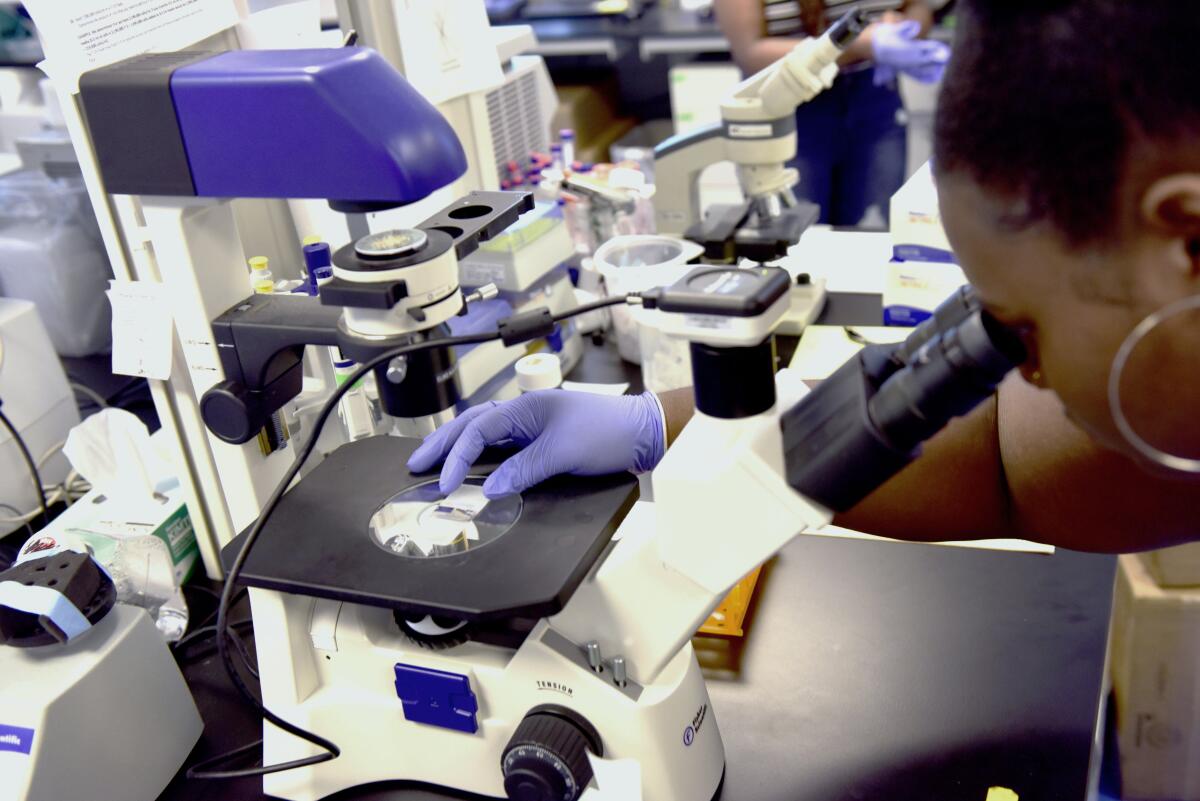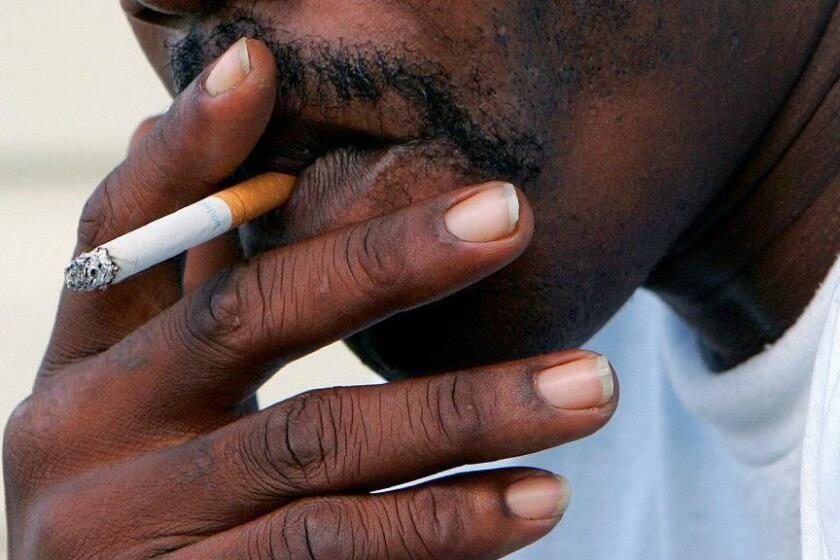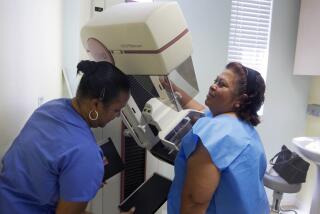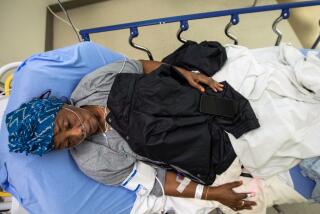Cancer death rates for Black people drop, but they’re still higher than for others

Cancer death rates have steadily declined among Black people but remain higher than in other racial and ethnic groups, a U.S. government study released Thursday shows.
Cancer deaths have been dropping for all Americans for the last two decades because of lower smoking rates and advances in early detection and treatment.
The rates among Black people fell 2% each year from 1999 to 2019, from 359 cancer deaths per 100,000 to 239 deaths per 100,000, according to the report published online in JAMA Oncology.
In 2019, the highest cancer death rates were in Black men, at 294 deaths per 100,000. That was almost double the lowest rate in Asian Americans and Pacific Islanders. The rate for white men was 249 deaths per 100,000. It was 177 deaths per 100,000 among Latino men and 255 deaths per 100,000 among Native American men.
The overall cancer death rate has been falling about 1.5% a year since 1991. It fell 2.2% from 2016 to 2017, according to the American Cancer Society.
An earlier report from the American Cancer Society found the racial gap was narrowing, mostly because of a bigger decline in cigarette smoking among Black people.
In the new study, based on an analysis of death certificates, deaths from most cancers dropped in Black men and women. The biggest declines were in lung cancer among Black men and stomach cancer in Black women. Both are linked with declines in smoking, which contributes to many other cancers.
Liver cancer deaths increased among older men and women, while uterine cancer death rates increased among women aged 35 to 70. Both cancers are strongly linked with obesity.
The persistently higher death rate among Black Americans remains a concern, and likely reflects social and economic disparities, including poverty, less access to care and mistrust of doctors, said National Cancer Institute researcher Wayne Lawrence, who led the study.
Longtime cancer disparities between African Americans and whites — with blacks having a sharply higher mortality rate — have narrowed significantly over the last several years and disappeared entirely for a few age groups, according to a new study by the American Cancer Society.
“It’s showing that we can’t simply rely on medical care as a way to address and eliminate the disparities,’’ said Carla Williams, a Howard University expert in cancer-related health disparities, who had no role in the research.
Cancer prevention expert Dr. Otis Brawley of Johns Hopkins University noted that other data show Black Americans get worse cancer care than white people. That’s in part because they’re more likely to be treated at hospitals with overworked doctors and fewer resources, and less likely to have a college degree, he said.
Evidence suggests that people with college degrees are more likely to exercise, not be obese, and to seek medical care when they notice changes that could signal cancer, Brawley said.







